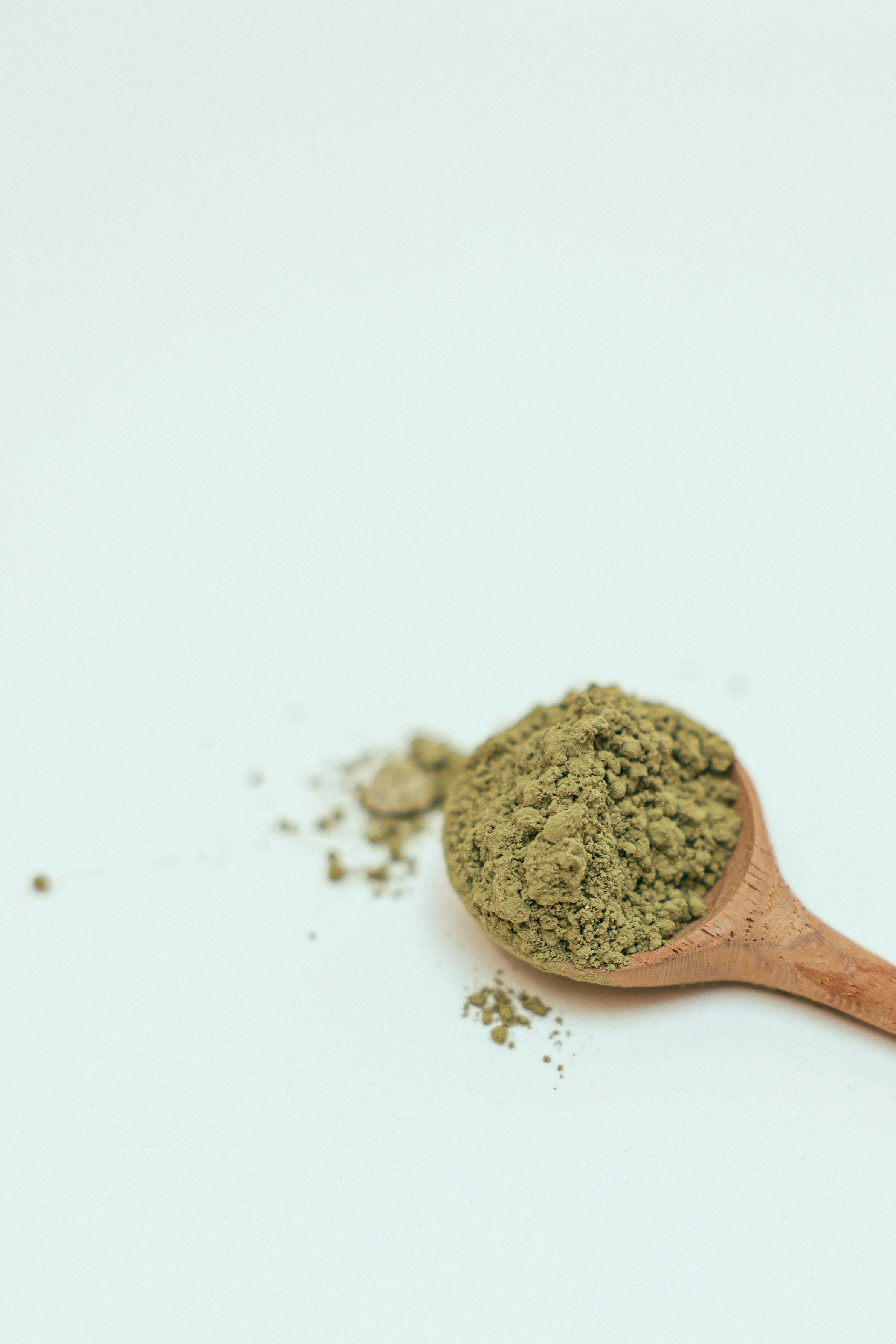Effective Guide to a High Fiber Diet Plan: Discover Essential Strategies for 2025
Embarking on a high fiber diet is not just about eating more fruits and vegetables; it's a journey toward better health. In recent years, the importance of fiber has gained attention, making 2025 an ideal time to dive into understanding fiber-rich foods and their numerous benefits. Incorporating fiber into your daily routine can lead to improved digestive health, weight management, and overall well-being.
This comprehensive guide will unveil the strategies you need to successfully implement a high fiber meal plan tailored to your lifestyle. From discovering fiber-rich ingredients to exploring high fiber recipe ideas, we’ll cover essential tips that ensure your journey to increasing fiber intake is both enjoyable and effective. Additionally, we'll touch on the differences between soluble and insoluble fibers, their impact on gut health, and practical tips for incorporating more fiber into your meals.
Get ready to unlock the many benefits of fiber as we delve into the evolution of dietary fiber. By the end of this article, you’ll have a clear understanding of how to enhance your diet with delicious, nutrient-dense foods and embrace the high fiber lifestyle.
Understanding Fiber: What You Need to Know
Building on the fundamentals of fiber intake, it’s crucial to clarify what fiber is and the different types available. Dietary fiber is predominantly found in plant foods and is essential for maintaining gut health.
Defining Fiber Types
Fiber can be classified into two main categories: soluble and insoluble fiber. Soluble fiber dissolves in water, forming a gel-like substance that can help lower cholesterol and stabilize blood sugar levels. Foods rich in soluble fiber include oats, beans, and citrus fruits.
On the other hand, insoluble fiber does not dissolve in water and is vital for promoting regular bowel movements by adding bulk to the stool. Whole grains, nuts, and vegetables are prominent sources of insoluble fiber.
The Benefits of a High Fiber Diet
Numerous studies highlight the health benefits of fiber. A high fiber diet can significantly reduce the risk of various health issues, including heart disease, diabetes, and certain types of cancer. Moreover, it contributes to weight management by increasing feelings of fullness.
Recommended Daily Fiber Intake
According to dietary guidelines, adults should aim for a fiber intake of about 25-30 grams per day for optimal health. However, many individuals fall short of these recommendations, leading to various health complications. Incorporating a variety of fiber-rich foods can help meet these requirements effectively.
Exploring Fiber-Rich Foods
Identifying the best sources of dietary fiber is key to successfully transitioning to a high fiber diet. Whole grains like quinoa, barley, and brown rice should be staples in your meals. Additionally, legumes such as lentils, chickpeas, and a variety of beans are excellent choices.
Fruits and vegetables are also vital; consider adding berries, apples, and broccoli to your grocery list for a nutrient boost. For further insights into high fiber snacks and options, make use of various online resources.
Crafting Your High Fiber Meal Plan
With the basics of fiber established, it's time to delve into how to create a high fiber meal plan that fits your health goals.
Planning Meals with High Fiber Ingredients
When constructing your meals, focus on incorporating fiber-rich ingredients. Breakfast is a great opportunity; consider oatmeal topped with fruits and nuts to kick-start your day. Combining high-fiber grains like barley or farro with vegetables makes a delightful lunch or dinner option.
High Fiber Recipes to Try
Experimenting with high fiber recipes can be fun and rewarding. Try making a fiber-packed smoothie using spinach, bananas, and chia seeds. For dinner, a hearty chili with beans and vegetables brings fiber and flavor together. There are endless possibilities when it comes to crafting a fiber-filled menu.
Incorporating Fiber into Snacks
Don’t forget about snacks! Many people overlook the benefits of snacking on fiber-rich foods. Options like popcorn, raw veggies with hummus, or whole grain crackers can satisfy cravings while boosting your fiber intake.
Cooking Methods for Fiber Retention
How you cook your foods can impact their fiber content. Steaming vegetables helps retain their fiber levels compared to boiling, which can leach some nutrients. Opting for whole cooking methods helps ensure that the fiber remains intact, contributing to your health goals.
Common Mistakes in High Fiber Diets
While incorporating fiber into your diet has clear benefits, several common mistakes can hinder your progress. Understanding these pitfalls can empower you to create a successful dietary strategy.
Rushing Into a High Fiber Diet
One common mistake is abruptly increasing fiber intake without allowing the body time to adjust. This can lead to discomfort and bloating. Gradually introduce fiber into your diet while increasing hydration to counteract these effects.
Neglecting Hydration
Fiber works best when there’s adequate fluid intake. Dehydration can lead to constipation, negating the benefits of a high fiber diet. Ensure you drink plenty of water throughout the day to aid digestion and promote efficient fiber function.
Not Mixing Fiber Sources
Focusing too heavily on one type of fiber—be it from fruits, grains, or supplements—can create an imbalance. Aim for a variety of fiber sources to maximize health benefits and promote a wide-ranging diet that supports digestive health.
Ignoring Fiber in Processed Foods
Read nutrition labels carefully. Many processed foods may claim to be high in fiber but contain added sugars or unhealthy fats. Always choose whole food sources for the most nutrient-dense options.
Exploring the Importance of Fiber for Health
The increasing awareness around the importance of dietary fiber is reshaping our understanding of nutrition. Exploring the connection between fiber and health can offer insights into improving overall wellness.
Fiber and Weight Loss
Surveys indicate that those who incorporate higher levels of fiber into their diet may experience better weight management outcomes. Fiber increases satiety, allowing for reduced overall calorie intake, making it easier to maintain a healthy weight.
Impact of Fiber on Heart Health
High fiber diets have also been linked with lower cholesterol levels, significantly reducing the risk of heart disease. Soluble fiber, in particular, plays an essential role in this aspect by binding to cholesterol and aiding its removal from the body.
Fiber’s Role in Enhancing Gut Health
The consumption of fiber is closely associated with gut health. Fiber promotes the growth of beneficial bacteria in the intestines, which support the digestive process and enhance immune function. Consider fiber as a crucial element for maintaining an optimal gut microbiome.
Understanding Fiber and Cholesterol Levels
Incorporating fiber-rich foods can aid in managing cholesterol levels effectively. Many individuals have seen positive changes in their lipid profiles through increased fiber consumption, translating to tangible health benefits.
Frequently Asked Questions About High Fiber Diets
As you consider adopting a high fiber diet, you might have questions about practical applications and challenges.
How Can I Increase My Fiber Intake?
To seamlessly increase fiber, gradually incorporate high fiber foods into your meals. Start with breakfast, such as oatmeal or high-fiber smoothies, and extend to snacks and dinners with hearty soups and salads loaded with beans and vegetables.
Are Fiber Supplements Necessary?
If you struggle to meet fiber goals through food alone, consider fiber supplements as an adjunct to your diet. However, prioritize whole food sources, as they offer additional nutrients and benefits.
What are High Fiber Foods to Avoid?
Avoid over-relying on processed high fiber foods that may contain excessive sugars or additives. Focus on natural foods, including fruits, vegetables, whole grains, and legumes, for optimal health.
Can Children Follow a High Fiber Diet?
Yes, children can benefit from a fiber-rich diet, but it should be adjusted to fit their age and energy needs. Introducing fiber gradually, through fruits, vegetables, and whole grains, can set a strong foundation for lifelong healthy eating habits.
What are Easy High Fiber Meals for Busy Lifestyles?
Prepare quick meals using pre-cooked lentils or beans, high-fiber wraps filled with vegetables, or smoothies packed with fruits and greens to ensure fiber-rich nourishment even on busy days.

Conclusion: Embrace a High Fiber Lifestyle
Transitioning to a high fiber diet may seem daunting initially, but the long-term benefits are substantial. Embrace the journey by integrating fiber-rich foods into your meals, planning effectively, and remaining aware of common mistakes. Discovering how to balance your diet with fiber not only supports digestive health but can significantly improve your overall well-being, energy levels, and weight management.
The importance of dietary fiber cannot be overstated, but it is essential to approach this transition thoughtfully. Remember that making small, consistent changes can yield significant health benefits while providing delicious and satisfying meals.

Now that you are equipped with knowledge about a high fiber diet and strategies for implementation, take the first step toward a healthier, more vibrant lifestyle.
